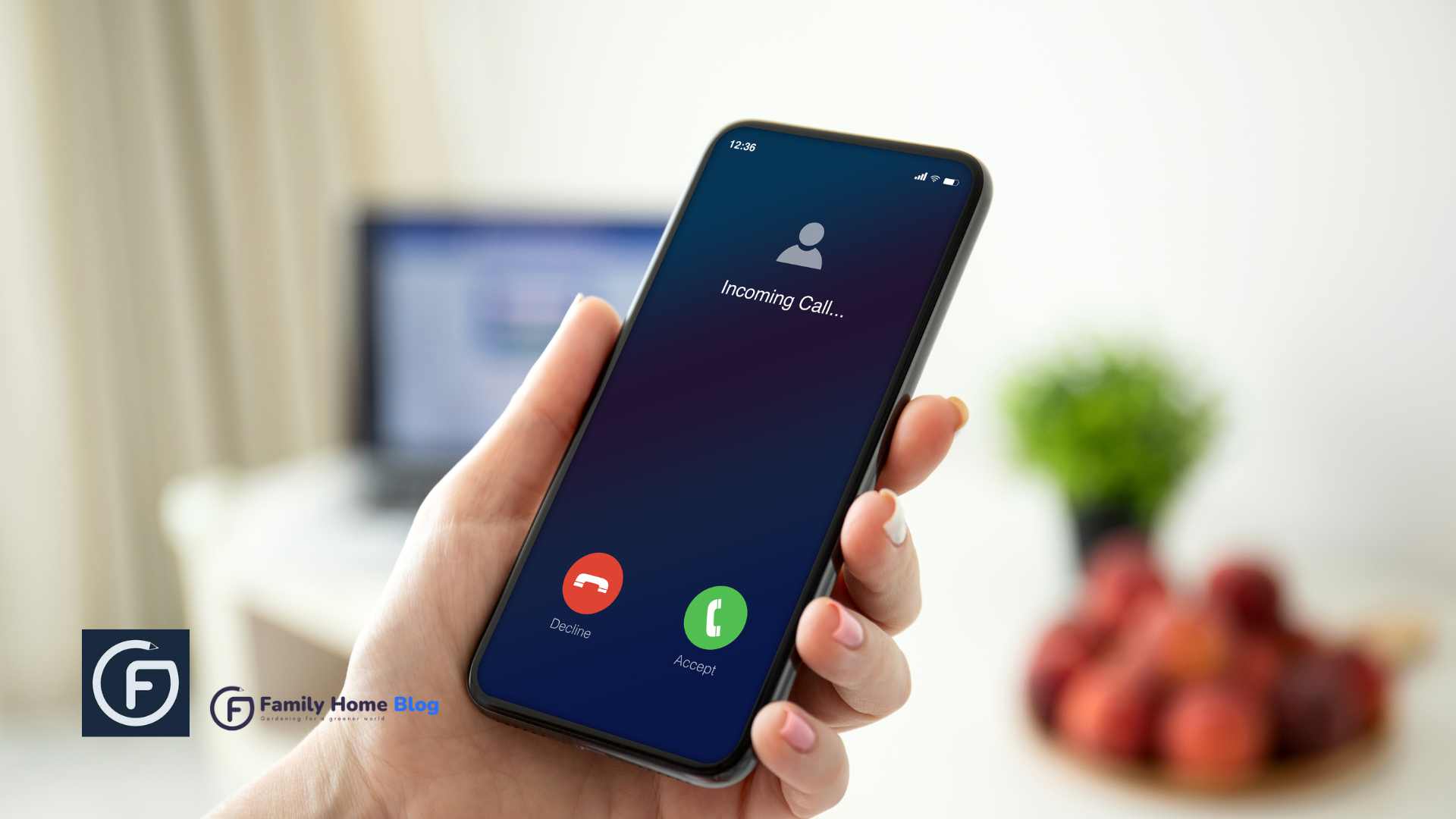The adage “a picture is worth a thousand words” has become a new meaning in the telecommunication world thanks to real-time phone call captioning. This groundbreaking technology is changing the game, making telephone communication more inclusive, particularly for individuals with hearing impairments.
Today we will look at how everything started, how it is developing and how this industry can evolve like no other before! So let’s dive into it!

Source: unsplash.com
The Evolution of Phone Call Captioning
From the days of Alexander Graham Bell, telephone technology has been a game-changer. Yet, using the telephone posed significant challenges for millions worldwide with hearing impairments.
Phone call captioning was designed to address this problem, starting as a manual process with operators transcribing words into text.
Over time, the process transitioned towards automation, utilizing voice recognition technology. This was a significant milestone, but the journey towards inclusivity had just begun.
The Rise of Real-Time Phone Call Captioning
Enter real-time phone call captioning, a technology that instantly generates captions as the conversation occurs. So it’s like having subtitles for your phone calls. But what makes this possible?
The answer lies in advanced speech recognition software powered by artificial intelligence (AI) and machine learning algorithms.
These systems can transcribe speech into text in real-time, improving accuracy and making phone calls more accessible to those who rely on reading rather than hearing.
Nagish created one of the best phone call captioning apps on the market now!
The Impact on Accessibility
The advent of real-time phone call captioning is a monumental step towards inclusivity in telecommunications. In addition, it helps those with hearing impairments and benefits people with auditory processing disorders or those in noisy environments.
Consider the story of James, a hard-of-hearing entrepreneur who always found phone calls challenging. With real-time captioning, he can now follow business calls with ease. It’s stories like James’s that highlight the transformative power of this technology.
Moreover, real-time captioning helps businesses comply with accessibility laws, such as the Americans with Disabilities Act (ADA), which mandates equal communication access for individuals with disabilities.

Source: unsplash.com
Latest Innovations in Real-Time Phone Call Captioning
The journey of innovation never ceases, and the world of real-time phone call captioning is no exception. Several companies and organizations are leading the charge in furthering this technology.
They are leveraging AI and machine learning to reduce the latency in transcription and improve accuracy, even in challenging situations like handling accents or recognizing jargon.
At the forefront of the tech revolution, real-time phone call captioning is witnessing a series of radical innovations. Companies and research institutions globally are pushing the boundaries of what’s possible, leveraging cutting-edge technologies like artificial intelligence (AI) and machine learning to redefine accessibility in telecommunication.
One of the significant breakthroughs in this field is incorporating natural language processing (NLP) into captioning systems.
By understanding the context and semantics of a conversation, these advanced systems can provide more accurate transcriptions. For instance, they can identify whether the word ‘bat’ refers to the nocturnal creature or the sports equipment based on the context of the conversation.
Companies also invest in machine learning algorithms that learn and adapt from each interaction, enhancing their precision over time.
This means the more you use the system, the better it understands your speech patterns, accent, and vocabulary, leading to improved accuracy in transcription.
Another exciting innovation is the development of noise-cancellation technology. In the past, background noise posed a significant challenge for accurate captioning. However, new algorithms can filter out these disturbances, focusing solely on the conversation.
This is particularly beneficial in noisy environments or multi-speaker conversations.
Moreover, the integration of real-time captioning into various platforms is a trend to watch.
Tech giants are beginning to incorporate this feature directly into their operating systems, allowing users to seamlessly access captions across different apps and services. This is a significant step towards universal accessibility.
Lastly, strides are being made in multilingual captioning. With the world becoming a global village, the need for cross-language communication has never been greater. AI-driven systems can now transcribe and translate conversations in real time, breaking down language barriers like never before.
These innovations are transforming the landscape of phone call captioning, bringing us closer to a future where everyone can communicate freely and effortlessly, regardless of their hearing ability.
Technology is not just evolving; it is revolutionizing how we perceive and promote inclusivity in communication.
Future of Phone Call Captioning
Looking toward the future, the potential for phone call captioning technology is vast. As AI becomes more sophisticated, we can expect the accuracy of real-time captioning to improve even further.
However, there will be challenges, such as ensuring privacy and dealing with different languages and dialects.
Despite these challenges, the future seems promising. Imagine a world where real-time captioning could be seamlessly integrated into all forms of communication, from phone calls to video conferences to public speeches.
Given the pace of technological innovation, this is not a far-fetched dream but a real possibility.
Conclusion
In essence, the rise of real-time phone call captioning marks a significant milestone in telecommunication. Moreover, it is a testament to how technology can bridge gaps, fostering a world that values inclusivity.
As we anticipate the future, we can’t help but be excited about this technology’s possibilities. We can now appreciate the progress made and the lives touched by this remarkable innovation.
Let’s remember that communication is a fundamental human right, and thanks to real-time phone call captioning, it’s becoming more accessible for everyone. As technology advances, the horizon of inclusivity in communication continues to expand. The future is here, and it’s captioned.









